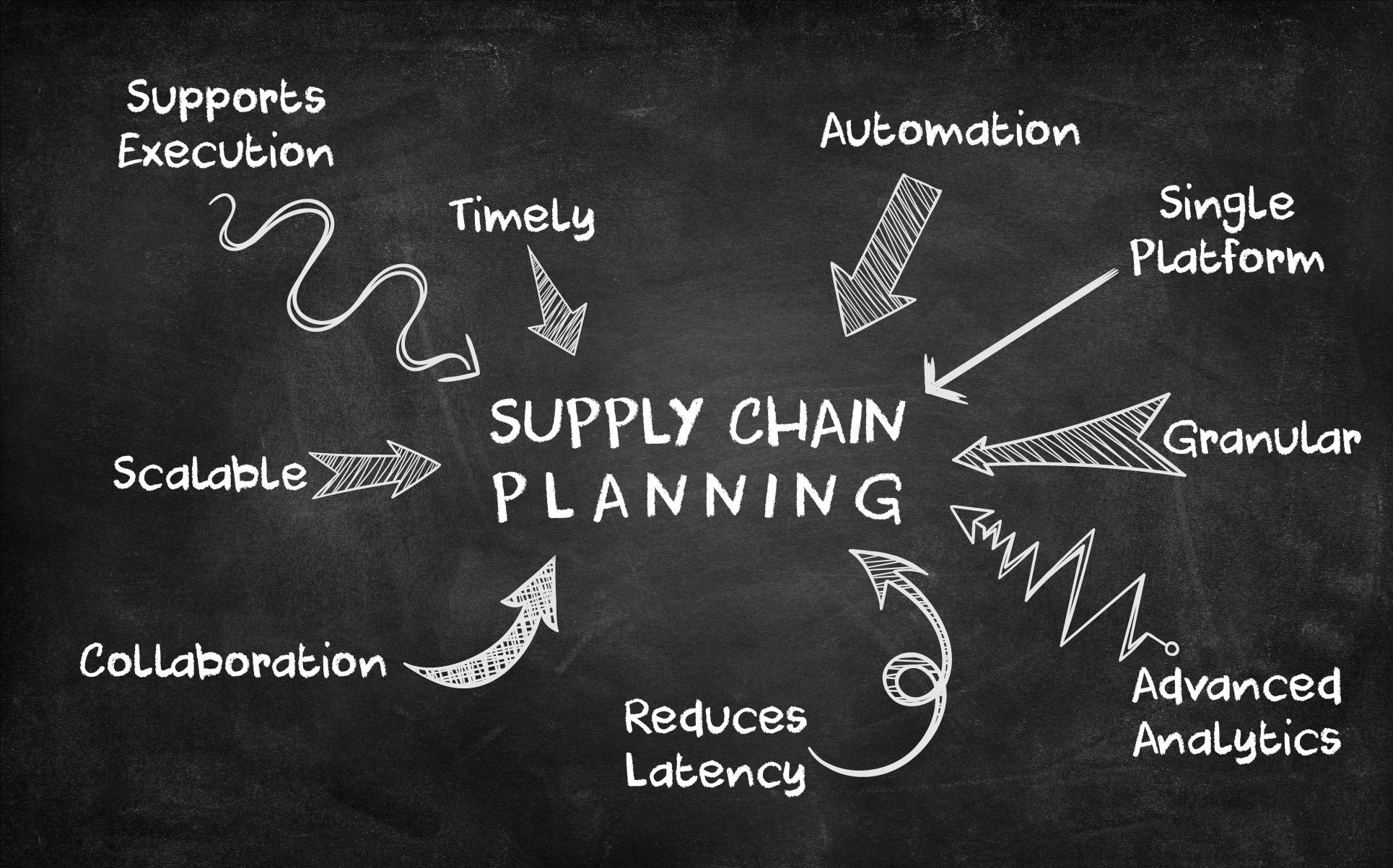
The challenges of Supply Chain Planning
Supply chain planning involves a series of processes that are aimed at ensuring the timely and efficient delivery of goods and services to customers. The supply chain is a complex network of suppliers, manufacturers, distributors, and retailers who work together to ensure that products are delivered to customers in a timely and efficient manner. However, supply chain planning is not without its challenges, and in this article we will explore some of the major challenges of supply chain planning.
1. Demand Forecasting
Demand forecasting is a critical aspect of supply chain planning. The accuracy of demand forecasting has a direct impact on the efficiency of the entire supply chain. Accurately forecasting demand helps companies to plan their production, inventory, and transportation needs. However, demand forecasting is a challenging task, and it requires companies to analyse a wide range of factors, including market trends, customer behavior, and competitor activities. Inaccurate demand forecasting can lead to overproduction or underproduction, which can result in lost sales, higher inventory costs, and lower profit margins.
2. Supply Chain Visibility
Supply chain visibility refers to the ability of companies to track the movement of goods and services through the supply chain. It is essential for companies to have real-time visibility into their supply chain to ensure that they can respond quickly to changes in demand or supply. However, achieving supply chain visibility is a significant challenge, particularly for companies that operate in multiple geographies or have complex supply chains. Many companies still rely on manual processes and spreadsheets to manage their supply chain, which can lead to errors, delays, and a lack of visibility.
3. Capacity Planning
Capacity planning is the process of determining the production capacity needed to meet customer demand. Capacity planning is critical for companies to ensure that they can deliver products on time and meet customer expectations. However, capacity planning is a challenging task, particularly for companies that have a high degree of product variability or operate in volatile markets. Companies need to consider a wide range of factors, including production costs, inventory costs, and lead times when planning their production capacity.
4. Inventory Management
Effective inventory management is critical for supply chain planning. Companies need to balance the cost of holding inventory against the risk of stockouts. Overstocking can lead to higher inventory costs, while understocking can lead to lost sales and dissatisfied customers. However, managing inventory effectively is a significant challenge, particularly for companies that operate in volatile markets or have complex supply chains. Companies need to have real-time visibility into their inventory levels and demand to ensure that they can optimize their inventory levels and minimise stockouts.
5. Supply Chain Risk Management
Supply chain risk management refers to the process of identifying, assessing, and mitigating risks in the supply chain. Supply chain risks can arise from a wide range of factors, including natural disasters, political instability, and supplier bankruptcies. Companies need to have a robust supply chain risk management strategy to ensure that they can mitigate the impact of these risks on their supply chain. However, supply chain risk management is a challenging task, particularly for companies that operate in multiple geographies or have complex supply chains.
Wrapping up the challenges of supply chain planning
In conclusion, supply chain planning is a critical process for companies to ensure that they can deliver products on time and meet customer expectations. However, it is not without its challenges. Companies need to overcome a range of challenges, including demand forecasting, supply chain visibility, capacity planning, inventory management, and supply chain risk management, to ensure that they can optimise their supply chain and deliver value to their customers. By investing in the right technology and processes, companies can overcome these challenges and build a robust and efficient supply chain that can help them compete in today’s global marketplace.



1 Comment
[…] Image Source: DemandSolutionsEurope […]